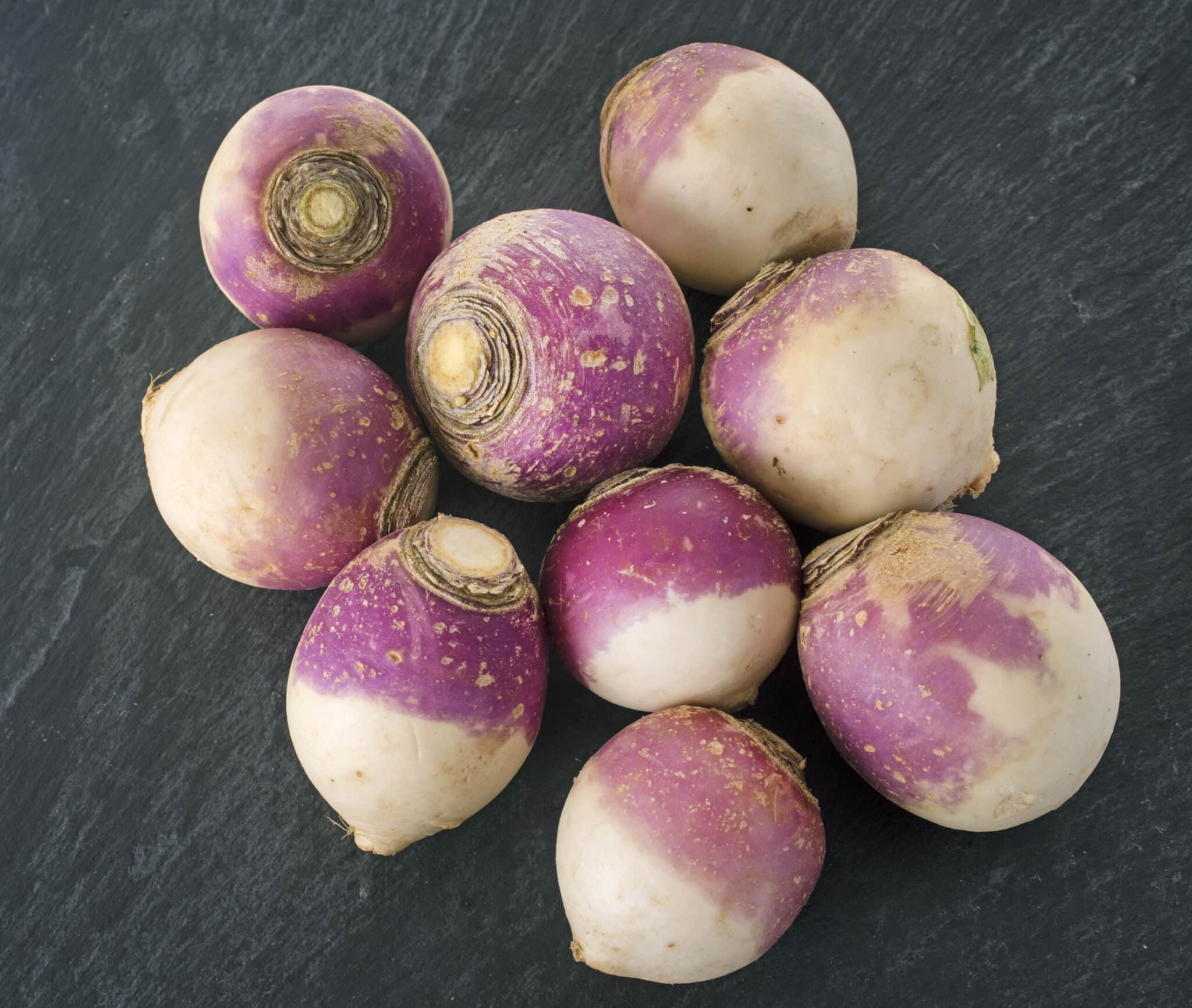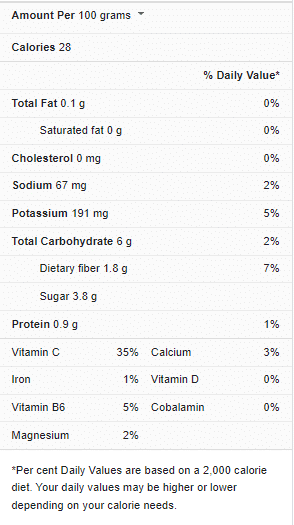You might be one of those folks who cringe at the idea of eating turnip roots. This could be due to the fact that you’ve been cooking these delightful vegetables incorrectly; gone are the days of dull boiled turnips! Turnips roasted in the oven are a delicious side dish for any meal, and they’re quite easy to prepare. Roasting vegetables provides color and flavor while keeping nutrients intact.
If you would like to try oven-roasted turnips (which we absolutely recommend), then follow the cooking instructions we have provided for you in this article. Also, make sure to pay attention to the appropriate timing guidelines to ensure the best possible results.

Turnip Nutrition Facts

Tips for Cooking Turnip Roots
We have outlined a number of helpful tips below to help you get the best results when cooking turnip roots, so pay close attention:
A note on buying turnip roots – When purchasing turnips, keep in mind that size has an impact on flavor. Smaller turnips have a sweeter flavor, comparable to that of a carrot, whereas larger turnips have a peppery flavor, similar to that of a radish.
Larger turnips are also older and, even when peeled, might still have a woody and fibrous covering, thus smaller turnips are more ideal for most recipes. Look out for those turnips that are wrinkle-free and smooth. Turnips that have wrinkles have lost part of their moisture content and will most likely have a less pleasant texture when eaten.
Peel your turnip roots – Before cooking, turnips roots must be peeled. The skin of a turnip root is often rough, bitter, and wax-coated to protect it during transportation. Turnips, however, can be quite tough to peel, and some people tend to actually slice off the skin with a sharp paring knife rather than using a vegetable peeler. Whatever you choose to use though, just ensure that the skin comes off.
Seasoning suggestions – Instead of the spice combination used in this recipe, you could use a purchased spice blend to change up the flavor profile of this recipe based on your menu and preferences. Curry powder, Mexican seasonings, and Italian Herb Blend are a few of the options available to try. After they’ve completed roasting, you could also sprinkle the turnip roots with balsamic vinegar or lemon juice.
Introduce other vegetables for a delicious twist – Other root vegetables, such as potatoes, carrots, parsnips, and rutabagas, can be roasted to provide variety and a delicious accompaniment to turnip roots. To ensure that the vegetables cook uniformly, cut them into similar-sized pieces. Beets are also delicious, but keep in mind that they will color the turnip roots pink if they come into contact.
Try some chicken – Chicken can also be incorporated into your recipe for some delicious protein feel, as well as some extra flavor. Simply place the turnips in the pan with the chicken or pork roast to roast together. The pan juices from the roasting chicken will provide a wonderful taste to the turnip roots.
Other cooking methods to try – Besides roasting, there are also other cooking methods that can provide a great flavor to turnip roots. Consider the following:
View this post on Instagram
Baking Turnip Roots
- Preheat your oven to 400 degrees Fahrenheit.
- Apply olive oil or vegetable oil to the turnip roots, then season them with salt. Using the prongs of a fork, prick the turnip root pieces.
- Place the turnip roots directly on the oven’s rack or on a baking pan.
- Bake the turnip roots for 45 to 60 minutes (the appropriate amount of time will typically depend on the size of the turnip roots); turn them halfway through.
- Bake until the turnip’s skin is brown and crispy, and a sharp knife plunged into the flesh encounters no resistance. The temperature inside the turnip roots should be around 210 degrees Fahrenheit.
Stir-frying Turnip Roots
- Turnip roots should first be peeled and trimmed. Afterward, they should be thinly sliced; the smaller the portions, the faster the turnips will cook.
- In a big, deep skillet, heat 2 tablespoons of corn oil above a medium-high heat level for 3 to 4 minutes.
- Add ¼ cup of water or stock to the turnip roots.
- Cook, stirring regularly, for about 7 minutes, or until the turnip roots get soft.
Basically, you can try any method that best suits your preference to enjoy turnip root recipes.
Storing leftovers – If stored in an airtight container, turnips can be kept in the refrigerator for up to 4 days. They can also be frozen and reheated whenever a low-carb, healthy side meal is required.
Cooking Time for Turnip Roots
Pay attention to the timing guidelines in the table below when cooking turnip roots:
| Cooking procedure | Cooking time |
| Roasting turnip roots in the oven at 425 degrees Fahrenheit | 35 minutes |
| Baking turnip roots in the oven at 400 degrees Fahrenheit | 45 to 60 minutes |
| Stir-frying turnip roots | 7 minutes |
Simple Roasted Turnips (4 Servings)
Ingredients
- 7 cups of turnips, peeled and cut into 1½-inch chunks (about 6 medium)
- 1 tablespoon of avocado oil
- ½ teaspoon of salt
- ½ teaspoon of dried oregano
- ½ teaspoon of dry thyme
- Generous pinch of garlic powder
Instructions
- Heat up your oven to 425 degrees Fahrenheit.
- In a large mixing basin, combine turnips, oil, and salt (if using). Using a big rimmed baking sheet, spread out the mixture. Place in the oven. Roast for 30 minutes, stirring once or twice.
- In a small dish, combine oregano, thyme, and garlic. Take the turnips out of the oven. Toss the turnips in the herb mixture using a spatula to evenly coat them. Return the turnip roots to the oven and roast them for another 5 minutes, or until the turnips feel soft when you pierce them with a fork and browned in spots. Make sure to serve them warm for maximum flavor.
Roasting is perhaps one of the best ways of cooking turnip roots. Turnips roots roasted in the oven make for a really quick and easy complete meal. Roasting caramelizes these turnip roots a little, and this action tends to bring out their most delicious qualities!
If this is a recipe you would like to try, fire away. However, make sure to follow the cooking instructions correctly in order to ensure the best possible results. If you would like to see more helpful ideas, or some variations and styles to try in yours, make sure to check out this video recipe.

